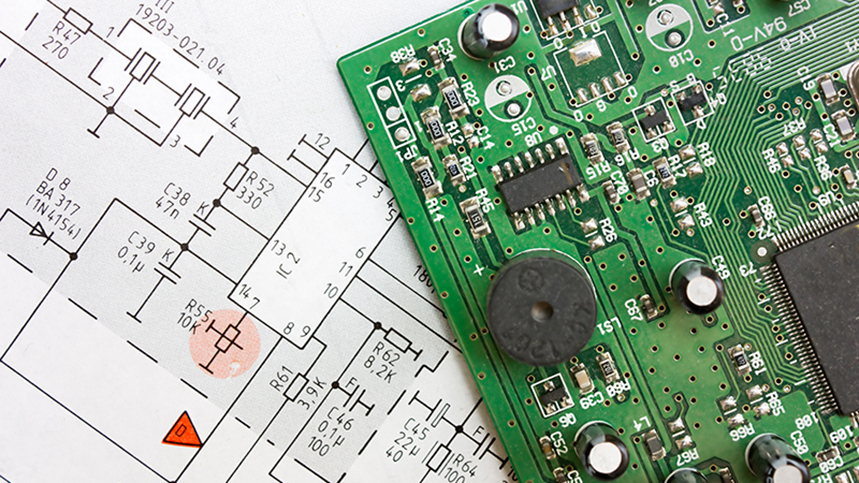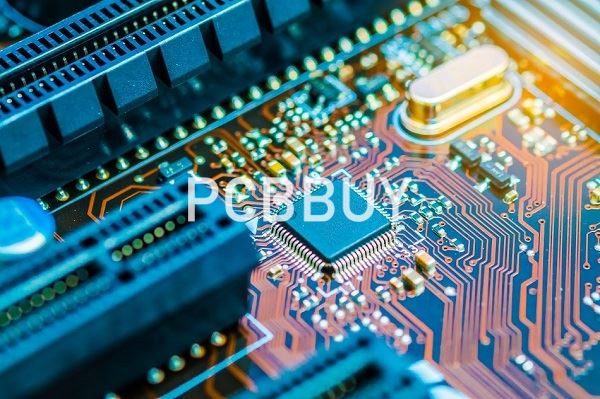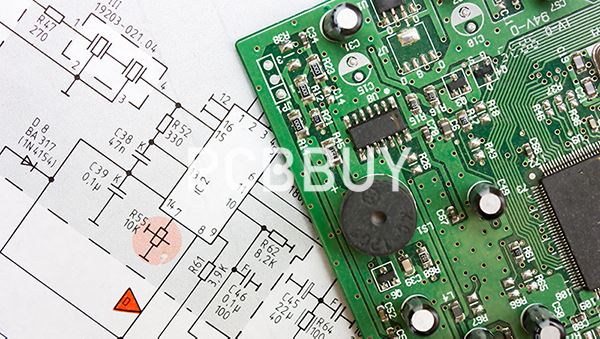What Are the Industrial Safety Rules in PCB Design?
By:PCBBUY 02/28/2022 10:24

Although the current level of semiconductor integration is getting higher and higher, many applications also have system-on-chips available at any time, and many powerful and out-of-the-box development boards are also more and more easily available, but many use cases in electronic products The application still needs to use a custom PCB. In one-time development, even an ordinary PCB can play a very important role. PCB is the physical platform for design and the most flexible part for electronic system design of original components.
In this passage, we are providing all the information about industrial safety rules in PCB design. In this passage, if you are looking for more knowledge about industrial safety rules in PCB design, please check and read the content below.

Why to follow the PCB assembly design rules?
Not only do we need our PCBs to work the way that we’ve designed them too, but those boards must be manufacturable for a reasonable price as well. There are several factors that can contribute to a board not being considered manufacturable. Here are the main categories of problems:
Components: Parts that are unique or not readily available will have higher costs attached to them. Also if the lead times on some parts cause delays in the board build, that will add to the expense as well.
Placement: How you place your parts can affect how the board is manufactured and drive up costs. Even simple things such as how a component is rotated can affect its solderability.
Layout: Your PCB design will usually connect to other boards or interfaces. If these considerations haven’t been accounted for up front, it could add to the expense of manufacturing the entire system.
What are material rules for PCB design?
Consider during the layout phase the materials and components you plan to use for your board. You’ll first need to make sure the desired items are accessible. Some materials and parts are hard to find, while others are so expensive they’re cost-prohibitive. Different components and materials may also come with different designs needs.
Take time to ensure you’ve chosen the optimal materials and components for your board, and also that you’ve designed a board that plays to those items’ strengths.

What are the mistakes during PCB design?
Incompetent layout techniques
PCB designers must be able to develop excellent layout designs for the proper functionality of components that use printed circuit boards. Lately, there is a huge demand for PCBs with minimal footprints. Printed circuit board designers are therefore required to employ the use of smaller components that reduce footprint significantly. Generally, components that find use here are very close to each other.
Wrong/Incorrect designing tools
If anything, having the right tools or equipment in place is a fundamental step needed for a successful printed circuit board design. With the right tools, rest assured of a board that functions well in the intended place. Choosing the wrong equipment will bring about problems such as increased costs of manufacture and delayed time in creating the board's design. If you look around, there are high chances that there are plenty of printed circuit boards in the market designed using incorrect designing tools.
What are basic general industry safety rules?
1. Keep work areas clean. Proper housekeeping alone can go a long way in preventing injuries. Injuries such as slips, trips, falls, lacerations, sprains, strains, etc. can be reduced by keeping work areas organized and clean.
2. Use the proper tool for the job. Avoid the first impulse to use whatever tool (or object) is around you to get a work task done. Using the wrong tool for the job can result in an injury or damage to the tool which can lead to an injury in the future.
3. Always wear the proper PPE for the work task. The lack of PPE, or the use of improper PPE, leads to many injuries in the workplace. PPE is the last line of defense when protecting yourself from the hazards of your work. If you come into contact with a hazard when not wearing the correct PPE the injury will be more severe than if you were wearing it.
4. Never work on live equipment. Working on energized equipment is an unsafe act that can result in serious injuries or fatalities. Always follow proper lock out/tag out procedures prior to performing any maintenance or repair work on equipment.
5. Make sure chemicals are properly labeled and stored. OSHA issues many citations regarding hazard communication every year. Improper labeling and storage can lead to injuries or property loss due to fires, corrosion, etc.
Industry Category











